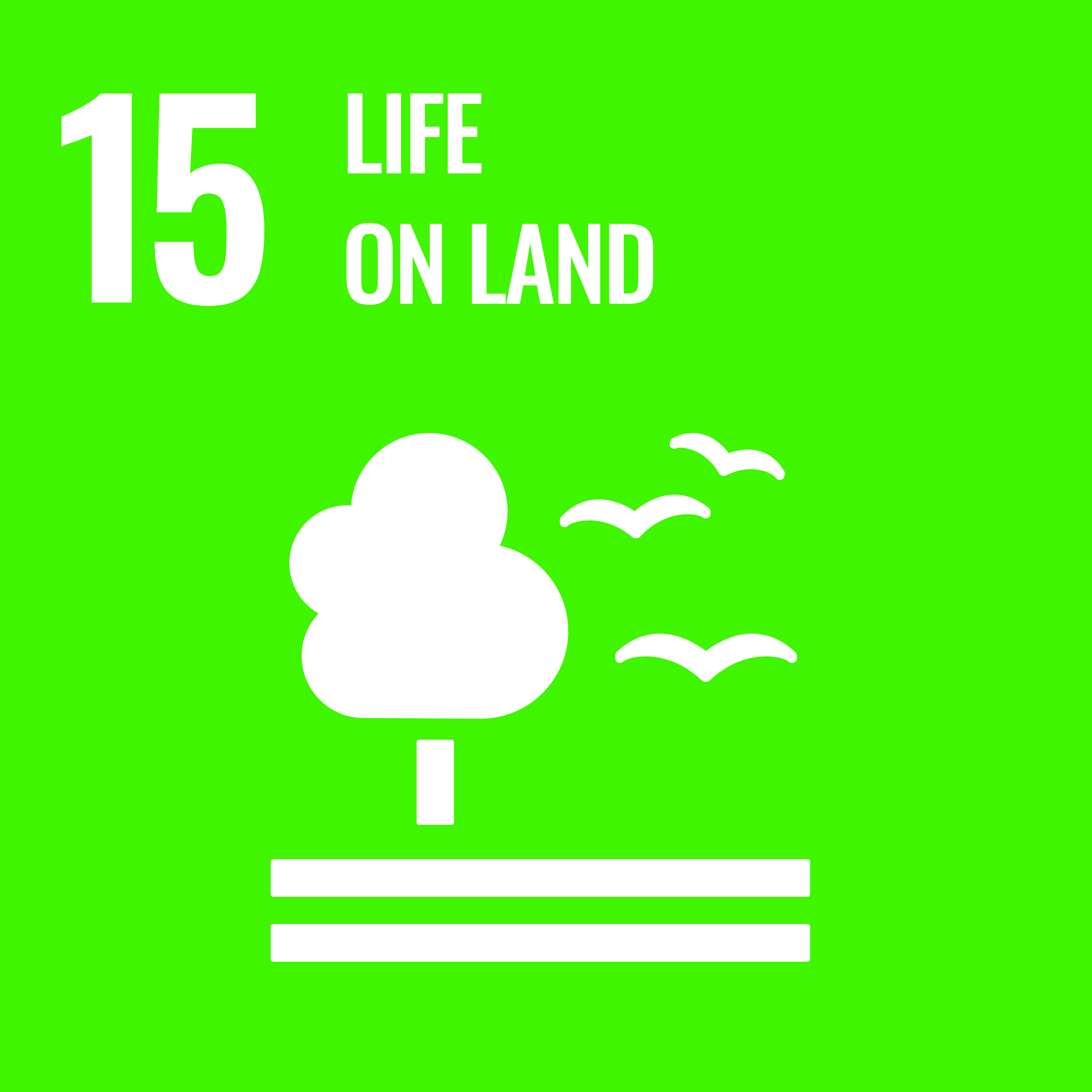Conclusion
SConnections with SDGs

In recent years, the ``food problem,'' or a shortage of food to feed the explosive population growth, has become increasingly serious. In order to solve this problem, we thought it was important to increase the amount of grains and agricultural products in our own countries. In turn, Japan should import only those crops that we are really unable to produce in our own country. Expanding the rice flour consumption will not only make it possible to use surplus rice that would otherwise be thrown away, but also lead to a reduction in the amount of imported wheat, most of which is imported. The wheat that Japan no longer needs to import will be available to countries that do not have sufficient grain supplies. It would solve the food problem and ensure that adequate amounts of food would be distributed to countries in need.

Do you know how much rice is wasted every year in Japan? That's over 2 million tons. I think this is such a waste. I believe that rice that has been grown with care over time should not only be sold at an appropriate price, but should also be consumed to its fullest. Now that Japanese people are turning away from rice, we thought that the best way to promote rice consumption would be to create a new demand by popularizing rice flour products. Due to the hardness of its cell walls, rice flour cannot be ground as finely as wheat, but in recent years, advances in technology have made it possible to grind rice flour finely, and by adding gluten to rice flour, it can be ground into a finer powder like wheat flour. Processing has become easier. Thanks to such technological innovations, rice flour has developed as an alternative flour to wheat. By improving the distribution network and reducing processing costs, it has become easier to consume rice flour, and rice can be consumed without surplus.

Rice fields are home to a variety of living creatures and support a diverse ecosystem. Not only that, but they also play a role in protecting Japan's land, which suffers from a lot of sediment runoff. However, in recent years, many rice fields have become wasteland due to the decline in the agricultural population. Also, it takes 1,150 liters of water to make wheat, so if Japan continues to import wheat, it is equivalent to continuing to consume water from the countries that produce wheat. Since rice can be produced in Japan, it does not mean that we are using water from other countries. Now that serious water shortage issues have surfaced, I believe we should reduce imports of wheat, which is eroding not only Japan's water resources but also the water resources of other countries. In order to increase the number of farmers who produce rice, everyone needs to think about the future of food in Japan. It is important to promote rice flour and create new demand, but if there are no people to support agriculture in the first place, the foundation will collapse. Therefore, all Japanese citizens need to think about the future of Japanese food.
↑



